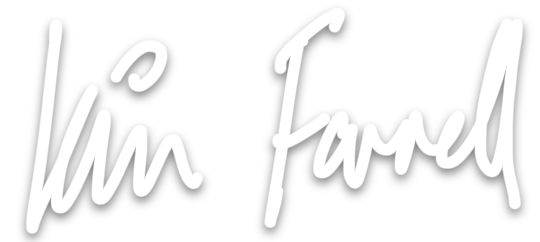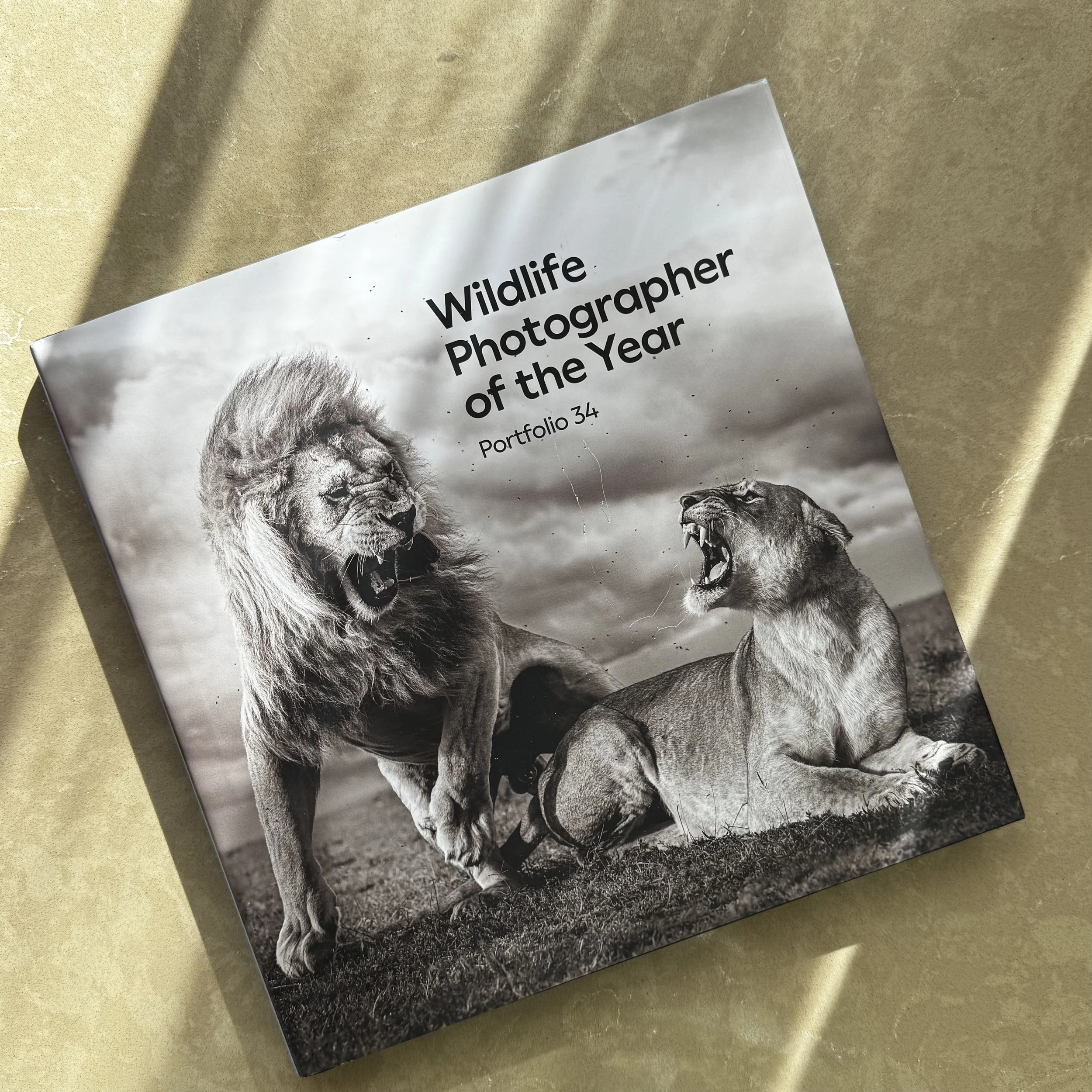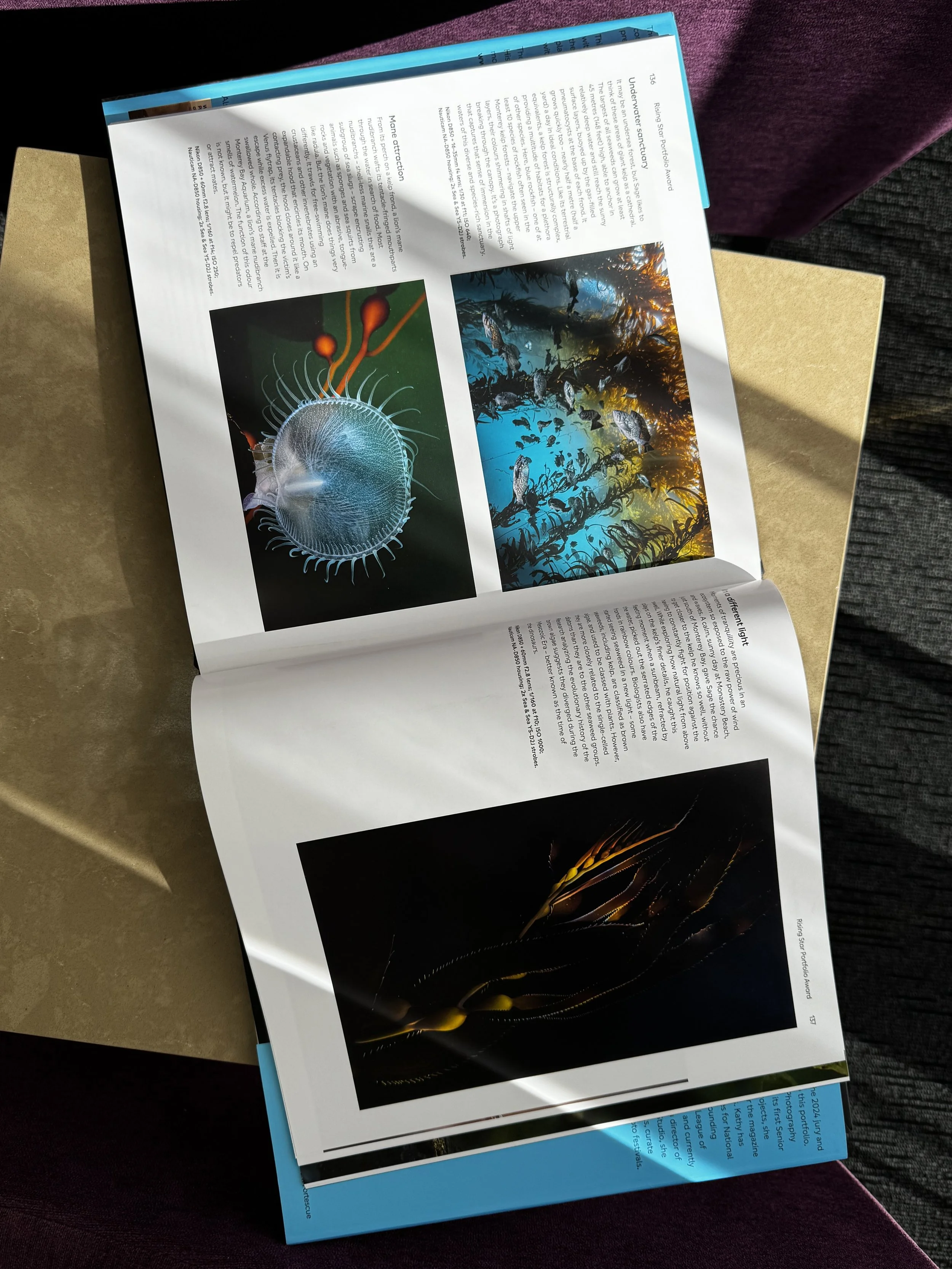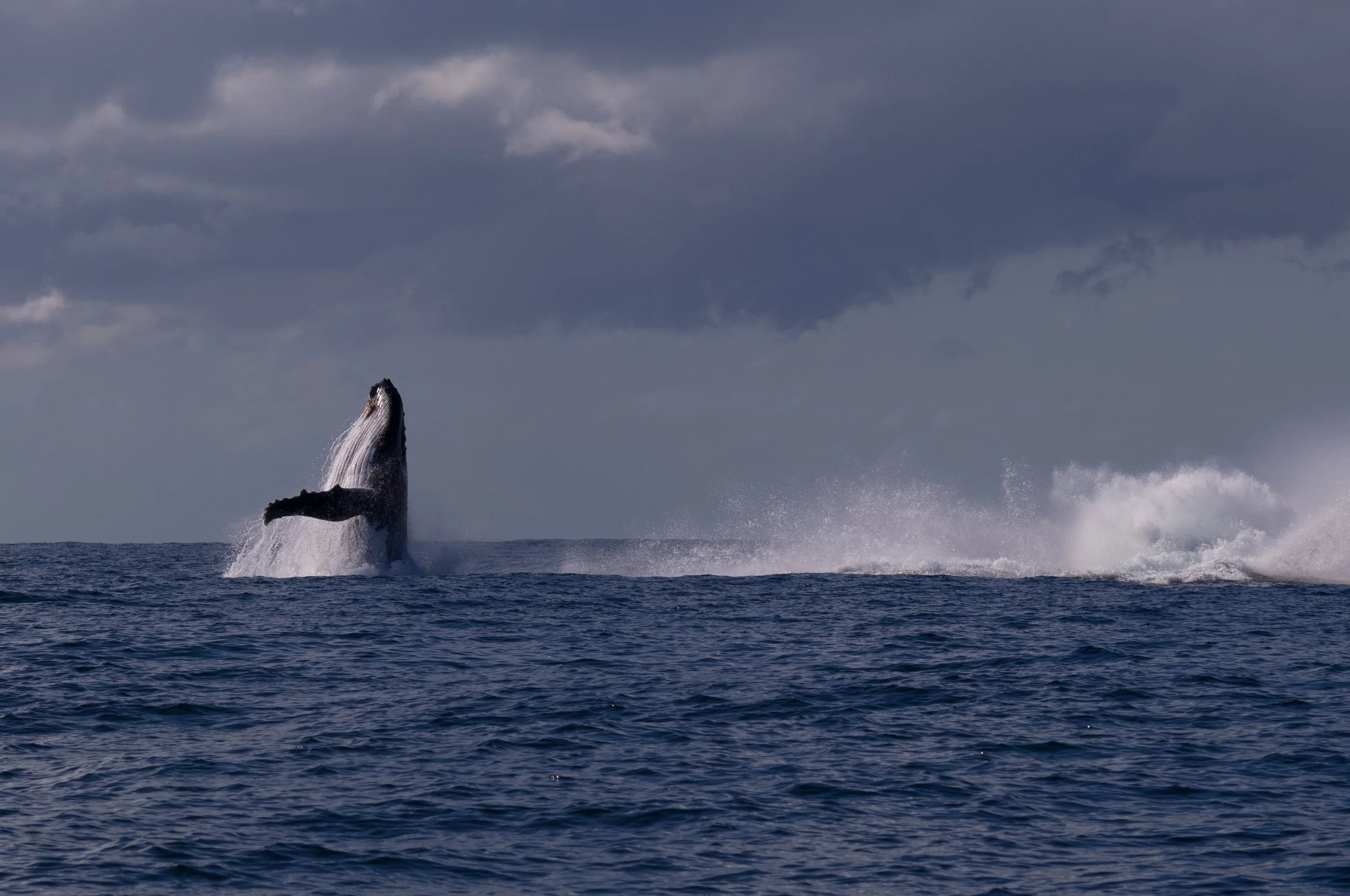Bucket List Moment
This was originally published in my Prime Lenses Newsletter. You can sign-up for a weekly update to your inbox here.
Welcome back everyone, and happy Wednesday. I’m just back from nearly three weeks in Australia. While there I managed to take in the amazing Australian Wildlife Photographer of the Year Exhibition which if you’re in Sydney and have some time, you should absolutely go and see.
Clearly inspired by this, last week I ticked off a bucket list item. An incredible experience led by a guy called Jeff who took a group of us out on the water for a couple of hours just north of Byron Bay to look for Humpback Whales.
About 50,000 whales move past the coast of Australia each year as they migrate to warmer waters to breed. From a population low of around 500 in the 1970s, they are now adding between 4,000 and 5,000 to the population each year, about a 10% increase.
We arrived at the harbour early and after a short safety briefing hopped aboard a small 12 seater vessel to head out. Thankfully, it was calm as we passed the harbour wall and while we managed to catch some air as we made our way, I think that was more to do with Jeff trying to entertain the kids than the conditions. My youngest LOVED the speed of the boat, picture Kylo Ren shouting for “more” in Star Wars and you’ll get the idea.
I tried, and mostly failed, to limit my gear on this trip, taking all but one of my native M mount lenses. The M was the only camera for me to bring, although my eldest had his Lumix TZ60 with him, an amazing little travel zoom camera (T Z, get it?) that the previous day had been the absolutely best way to get photos of him and his brother having their first surfing lesson. It makes great 20mpx RAW files that can recover a good bit of detail in the shadows when nature unhelpfully puts the sun behind your little surfers. It’s tiny at around 11cm wide, and yet packs an equivalent 720mm zoom. Considering it’s 10 years old I was blown away by the images it captured, must be that Leica lens ;)
To shoot the whales, I had my trusty M11 along with my 90mm Voigtlander 2.8. This lens is a stunner, an APO no less, previous guest of the show John Kasko knows how good it is. Great for portraits and some close up images when my minimum focus distance of 70cm to 1m starts to hold me back. I set aperture to F8 to just “be there”. At first we all worked together to see if we could spot anything but saw little sign of whales near to us. After a while we found a pair followed by a trio that we were able to follow along with.
The method seems to be to find some whales coming up for air, wait for around 5 minutes to see where they come up next and once you’ve got a few waypoints use that to infer their speed and direction, align yourself with that and move alongside slowly. Jeff was very experienced and we were able to get pretty close, between 50 and 200m away I’d guess most of the time. In this scenario, the 90 turned out to be a great choice of focal length. 135 would have been better some of the time, but the Voigtlander is very compact and you can focus quickly if need be. Low continuous burst speed seemed to vibe nicely with the speed that a 16 ton mammal moves through water and because the camera was pre-focused I could just point, compose and press every time they showed themselves.
This is the first time that I’ve really taken advantage of the full 60mpx resolution of the sensor on my M11. I usually shoot at the middle resolution of 36mpx, there’s also the option to shoot natively at 18mpx.
In the case of this photo of the whale breaching the surface, I’ve cropped in very heavily and still produced an image that’s 3734 x 2480. There’s plenty of detail there, I’m sure I could print this A4 or maybe above. It’s certainly good enough for a small print or self-published little book from somewhere like Blurb.
With the recent flurry of fixed lens cameras paired to high resolution sensors these days, manufacturers are clearly bullish on the concept. One lens, crop in post to make the image you want. This sounds like an amazing capability for us to have, although when talking about it with listeners on socials, cleaning these fixed lens cameras can be an issue when inevitably dust gets in. I can just remove the lens and take a blower to mine and I think that’s one reason I’d be keen to stick with interchangeable systems, as appealing as the compact form factor and quality of a Q/ GR/ RX1 might be. I’ve seen folk take a vacuum cleaner to the front of a camera to stop dust ingress. I’m not sure I’m quite that brave 😊
I’m very excited that episode 3 of my 4 part series is also out today in your podcast feed. I’ve been getting great feedback on the series. Please do tell your friends and tune in for the final episode next week. Oh and I was lucky enough to be featured by The Leica Society talking about the recent trip to Wetzlar. Follow the link to read more about the extraordinary time I had out there.










